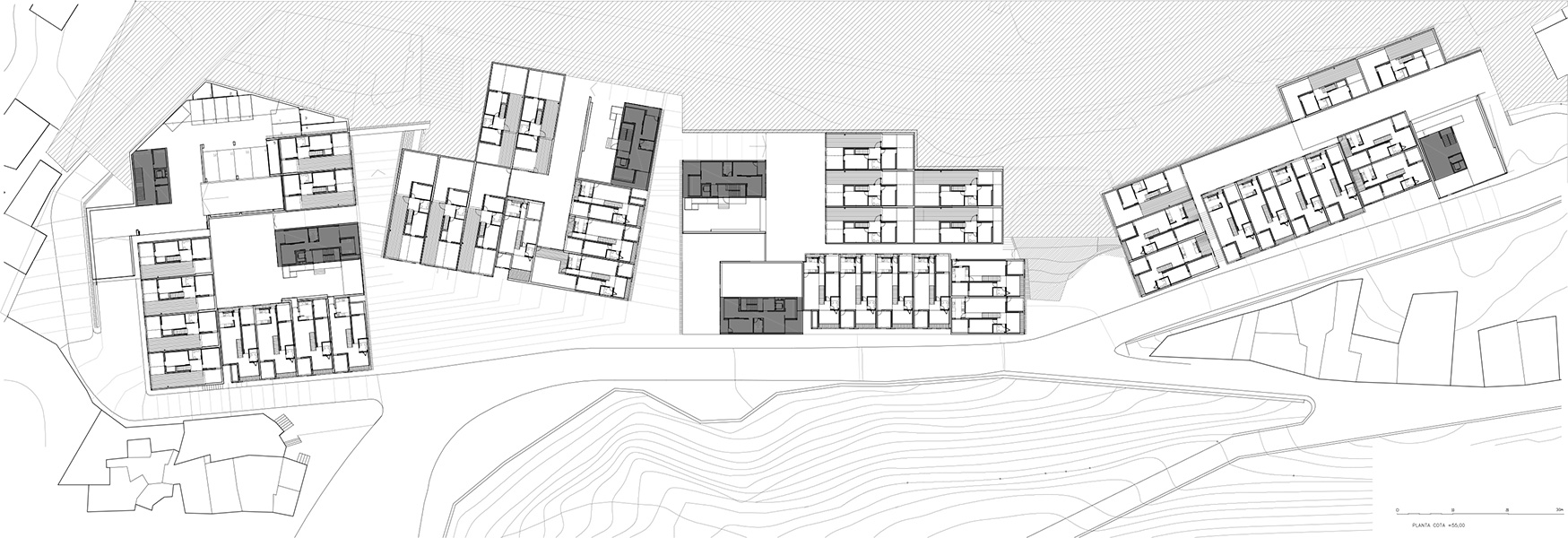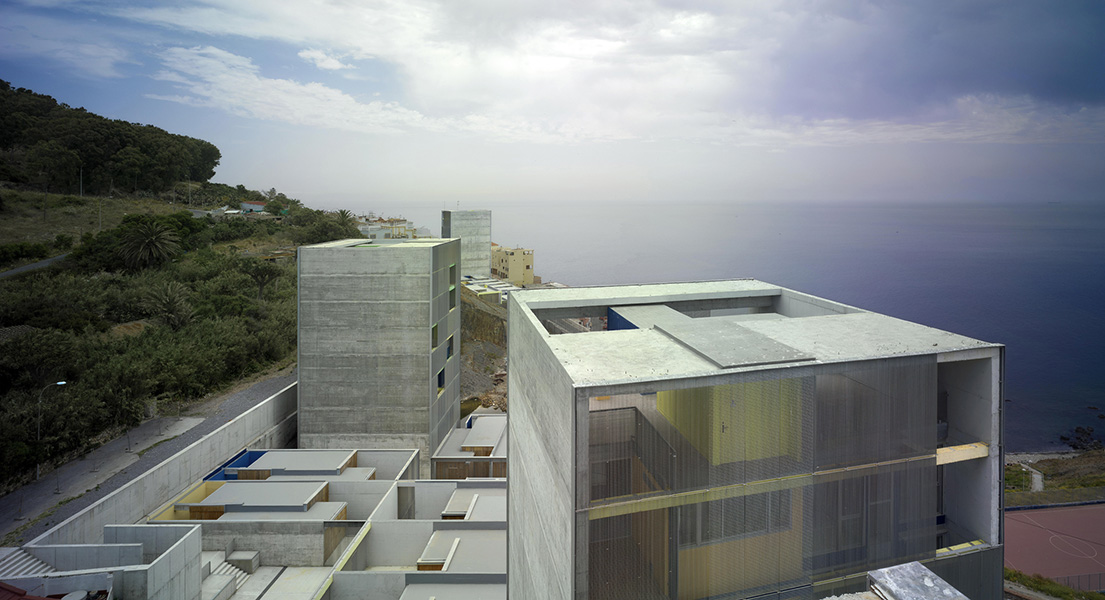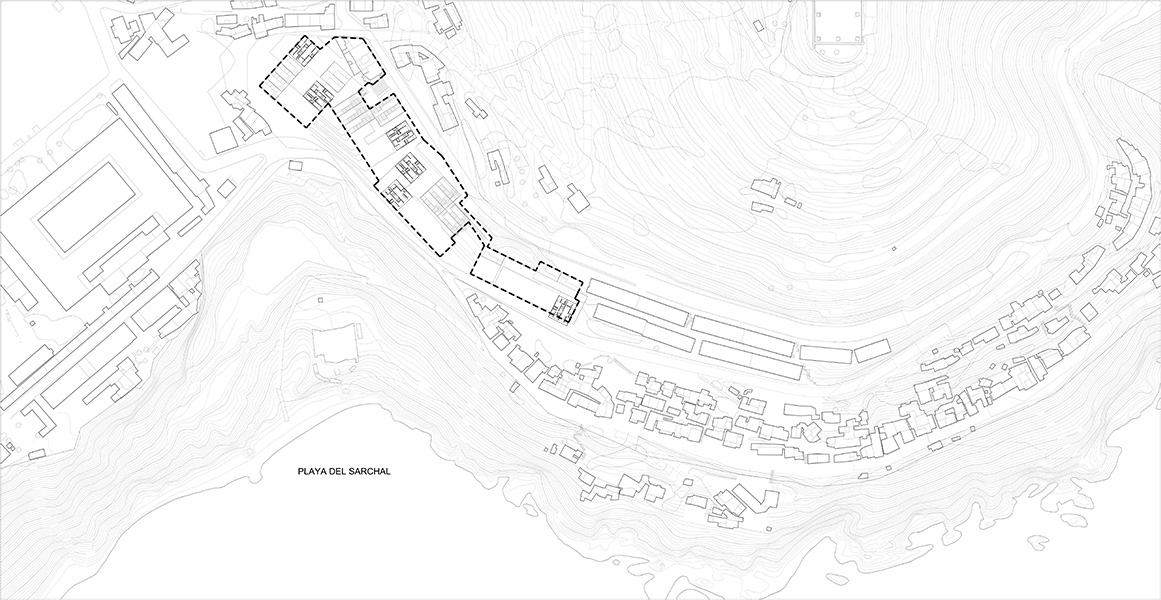NAME
Designer or design team: MGM, Jose Morales + Juan Gonzalez Mariscal
The project has been submitted by: Sara De Giles Dubois
Plot area: 7.213 mq
Gross Area: 16.787 mq
Of which
Residential: 70 %
Public/communal areas: 30 %
Facilities for the public: 0
Business/trade: 0
Offices: 0
Number of residential units: 140
Typology of users: families
Total building costs: 10.200.000,00 e
Building Cost = Total Building Cost / Gross Area: 607 €/mq
Floor area ratio = Gross Area / Plot Area: 2,32
Work started on date: Thursday, 1st January 1998
Work completion date: Thursday, 1st January 2009
OWNERSHIP
Promoter: E.M.VIC.E.S.A.
Allotment rule: Housing / Appartments / Parking / Public Garden
Reduction cost percentage compared to the market value:
assignment: 10%
LOCATION
Country: Spain
City/town: Ceuta
Address: Road Monte Hacho




